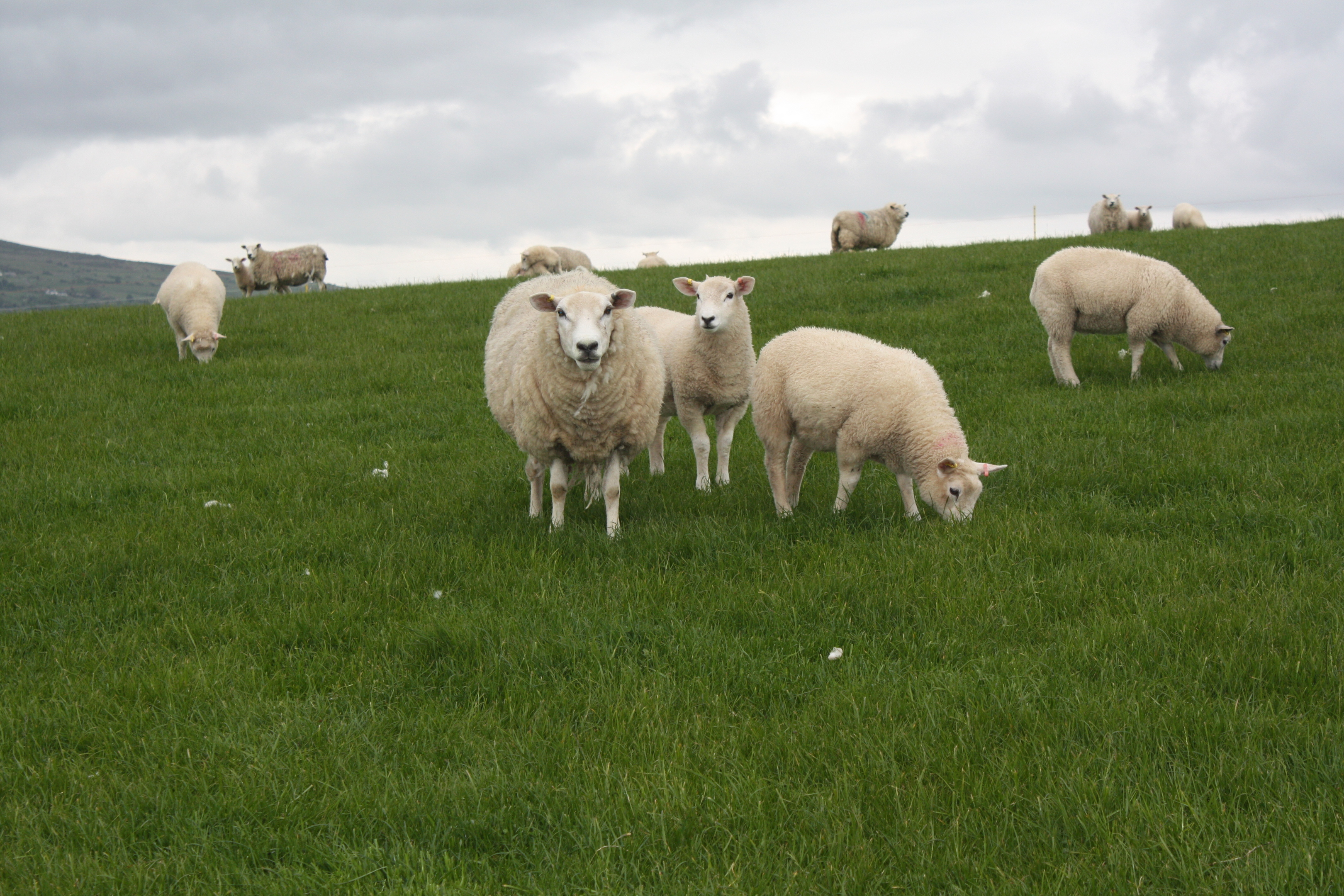Farmers and crofters have been urged to check the quality of the silage they are feeding pregnant ewes in the run up to lambing.
The warning comes after reports emerged of sheep eating less as a result of wet silage with a high potential acid load (PAL).
“When you are totally reliant on silage for energy supply it is very important that you monitor consumption,” said SAC Consulting senior sheep consultant John Vipond.
“If your silage analysis shows a PAL figure of over 1,000 and certainly 1,200, intake will be reduced putting ewes at risk of pregnancy toxaemia. It is more likely to be a problem with wetter silage, below 20% dry matter.”
He recommended gradually introducing high PAL silages to gimmers lambing for the first time, as their stomachs may not be used to silage.
Mr Vipond said one method of testing whether or not silage was meeting energy requirements was to blood test six ewes in each management group for betahydroxybutyrate levels, four weeks ahead of lambing.
A rough consumption estimate can also be worked out by test weighing bales or a load of pit silage four to six weeks before lambing to work out what the ewes are eating.
Mr Vipond said: “An 80kg ewe should eat 1.2kg dry matter, or about 5kg per ewe per day of fresh silage with a 250g per kilo dry matter content, allowing for a little wastage.”
If farmers and crofters find their silage to have a high PAC value, Mr Vipond says increasing available trough space to the sheep can also help.
“As sheep can neutralise high acid silage with salvia, allowing the extra trough space, to a maximum of 45cm, also encourages ewes to eat little and often, increasing their saliva production and helping them cope,” added Mr Vipond.
“For acidic silages below 10.5ME, and with high protein levels, it is prudent to supply extra energy in late pregnancy as high quality fibre sources like 0.5kg beet pulp nuts, fed at a flat rate for the last month instead of cereals.”
For farmers wishing to continue feeding cereals, Mr Vipond suggesting capping them at 300g per day and feeding them whole.
“Low protein acidic silages can be supplemented with a 50:50 mix of low copper, wheat dark grains and beet pulp,” he added.
Around three weeks before the first lamb is due, additional daily feeds such as 100g of soya been meal per lamb carried is recommended to supply extra digestible undegradable protein.
While, during the last month of pregnancy, silage with an ME over 11.0 MG ME/kg DM can be mineralised and supplemented at least cost with protected soya fed at 50g per day per lamb carried, said Mr Vipond.
“This product does not react with the rumen bugs so will not make the acid load worse,” he said.
“However many farmers, used to feeding concentrates, do not have enough confidence in their forage to take this step. But if you do feel you need extra energy in the last month of pregnancy, feed ewes carrying two or more lambs 100g soya and 300g beet pulp per day rather than a soya cereal mix.”
